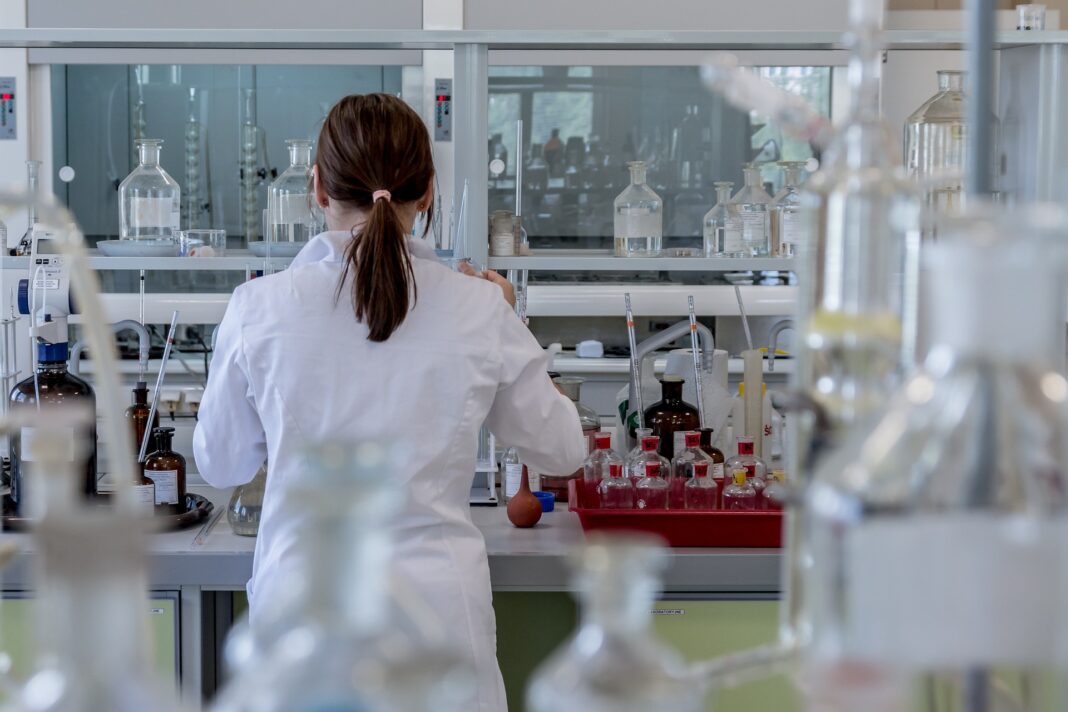Most of you know about Aquiles and the tortoise paradox, one of Zenon’s paradoxes on the impossibility of motion. According to Zenon, no matter how fast Aquiles runs to reach the finishing line before the tortoise, he will never reach the tortoise and therefore the finishing line. I use this imagery to talk of a different but similarly unequal race: that of drug development (the tortoise) and the business/commercial expectations fueling that process (Aquiles). I will present the problem, its consequences, and sketch a blueprint of a solution or provide some ideas on the direction we should go in.
First, the tortoise. Drug discovery and development (from the identification of the idea to its approval by regulatory authorities) is a slow, risky, and unpredictable process. It looks a lot like fundamental research, including their clinical testing. Let’s say you have an idea: you test it and 1) it does work, 2) it does not work, or 3) it kind of works. Unfortunately, the most common scenario is 3); this leads to difficult decisions: was it successful or not? If yes, should it be improved? If not, do we try something completely different or do we try to figure out what did not work? Trying to answer the last question can be one of the most challenging (and also frustrating and exhausting) experiences you can think of.
A tiny word describes this process: iterative. It is borrowed from programming, where a new program is run over and over again, achieving improvements at each run to get the desired result. Drug development goes through a similar route. The main difference is that each iteration takes a lot of time, money, and energy. Another big difference is that the idea of “changing only one factor” does not really apply to drug discovery and development: each time you change something, you do not really know what other things change afterward, because working with living systems is considered a “black box” in which you know some of its parts but ignore others, let alone the interactions among them. This makes the drug development process unpredictable to a certain extent. Even if you have a really good idea and your approach is the right one, reaching a dead end, sooner or later, is almost inevitable, in which case you have to go back to the drawing board.
Drug development needs a lot of money, which can come from many sources, but given the amounts of money involved and the high risks of preclinical/clinical/market failure they entail, it comes usually from non-governmental investors in two flavors: stock exchange markets and private investors (venture capitals, business angels, etc). Beyond differences in the way both work, there is a common motivation: making as much profit as fast as possible. When investors invest in a company, they do this with that mindset. If things do not work out as expected, sooner or later they pull the plug and sell their stocks (causing a stark decrease in the company’s valuation) in the case of stock markets, or sell their company’s shares and stop investing in the company in the case of private investors. In both cases, such an action jeopardizes the company’s plans and even its existence severely.
This creates between the company management and the investors a specific dynamic. People working for these companies (oftentimes their founders) have to make sure that their projects are scientifically and technically sound, by ensuring that they use the right approach to answer the right question and they interpret the data correctly while adding value to the product they are developing. All this has to happen within a time frame that is acceptable for investors, meaning that things move in a way and at a speed that makes them feel confident they will procure a “return” within their timelines.
The consequences of this “dancing faster than the music” dynamic are two-fold. First, companies have to adapt their drug development programs to fit the expectations of the investors, not necessarily going for the best risk/societal benefit ratio, but for the best risk/profit ratio. The second consequence is that, as one can expect, most companies and drug development programs just do not live up to the expectations: this does not mean they did a bad job or the drug design is poor; it just means that it took too long or they made some decisions that did not lead to a sufficient risk/benefit ratio. These companies will most likely disappear and the products they develop will be shelved somewhere. Just like that.
This is worrisome because it means that many drugs with true clinical potential are shelved. Yale researchers found that “strategic business decisions” were the second-most common reason for companies to suspend the development of experimental medicines, trailing after only “a lack of efficacy” but ranking ahead of “safety problems.” Safety problems such as toxicity are in general a feature of a drug that is pretty hard to alleviate, although there might be workarounds. Lack of efficacy, on the other hand, can be addressed by changing factors such as the target disease, dosing, patient population, combination, scheme and route of administration, and so on. Needless to say, strategic business decisions have little to do with how good or bad a drug is.
Nevertheless, this phenomenon has two interesting outcomes. First, companies in trouble lose value, but that might not necessarily be bad news. Indeed, that might make them more appealing for big pharma to buy them out at a lower face value, which could give their drug discovery programs a second life. Secondly, other companies can take these shelved unfinished drugs to develop them in such a way that might make them work for patients. From a drug developer’s point of view, such an opportunity presents a lot of advantages: the drug is already (nearly) synthesized, its chemical and biological preclinical (and potentially clinical) behavior is known, and the record of past failures is a priceless source of knowledge.
Biotech startups typically might pursue the development of shelved drugs, because they will often take chances that big players won’t. Many want a shot at turning shelved assets into big winners as treatments. The original owners of these drugs will share the profits; most importantly, lives will be made better or even saved. For this to happen, the original owners have to make the intellectual property and their previous experience (ideally) available.
This collaborative approach presents loads of opportunities to the point that it is called the “second wave of innovation” for these drugs. Nevertheless, it faces some bumps in the road. The culture of the pharmaceutical industry in general and that of big pharma, in particular, is a major roadblock. Big pharma, which owns most of these shelved drugs, is focused on competition more than collaboration, especially when it comes to sharing its programs. They can really panic about giving something away and not enjoying a sufficient benefit out of it, partly because of the financial damage incurred but also (maybe more importantly) because of running the risk of damage to their reputation; in such a competitive and complex industry, no one wants to look like a fool.
But some things are moving in the right direction. Some companies are already sharing their shelved drugs with those who want to further develop them, sometimes even for free. Some big pharma companies are creating their own spin-outs focused on developing shelved drugs for new treatments.
So far, there has not been much activity in this space but, hopefully, recent trends only mark the emergence of a success story that can bring forth a real game changer, such as a forgotten drug, earlier considered not efficacious enough or catering to a small or already crowded market, taken up by another group of people with a fresh outlook that makes it work for patients, maybe in a disease completely unrelated to the original one. I’m sure that such a breakthrough can capture the attention of big pharma and investors and unlock new potential in the field. The big pharma companies, when it comes to acquiring innovation, move like a herd: some ideas with potential are neglected for decades until something works and, all of a sudden, they all are queuing up to have their own version. There are plenty of examples of valuable technologies being ignored till such a point of explosive popularity was reached, immune checkpoint inhibitors and mRNA-based vaccines being potentially the most well-known. I suspect, and hope, that the repurposing of shelved therapies will sooner or later join that notorious list with a much broader impact because the shift will not be on the application of a particular technology but on the fundamentals of how drugs are developed.





